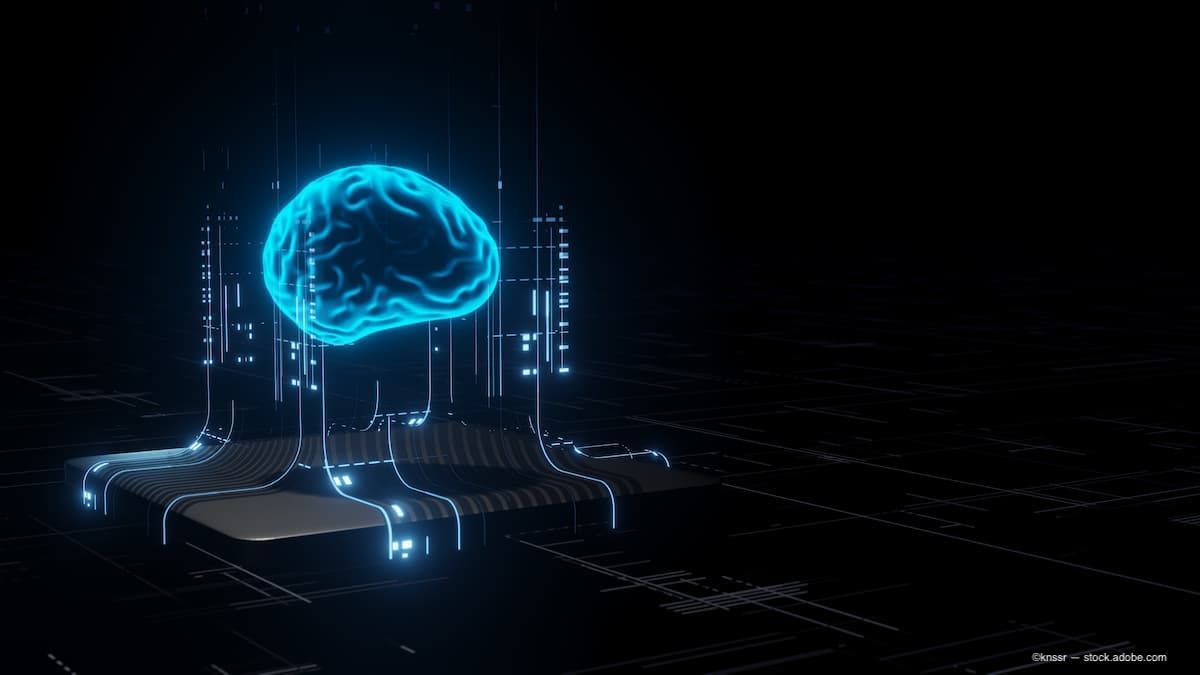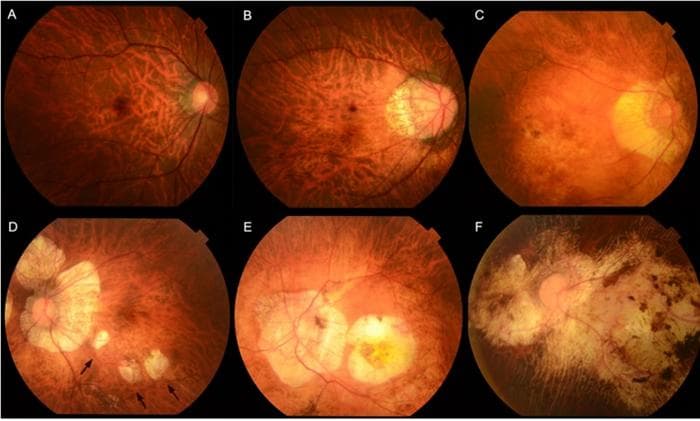News
Article
Machine learning sees into the future to prevent sight loss in humans
Author(s):
A team of researchers from Tokyo Medical and Dental University have developed models based on machine learning that predict long-term visual acuity in patients with high myopia, one of the top three causes of irreversible blindness in many regions of the world.
(Image Credit: AdobeStock/knssr)

As machine learning has been refined, it has been used to predict the outcomes of many health conditions. A team of researchers from Japan has found a way to predict whether people with severe shortsightedness will have good or bad vision in the future.
The researchers from the Tokyo Medical and Dental University (TMDU) developed a machine-learning model that could effectively predict—and visualize—the risk of visual impairment over the long term. The results of their study were published in JAMA Ophthalmology.1
Ultimately, contacts, glasses, or surgery can be used to correct the vision of patients diagnosed with myopia, but having high myopia is not just inconvenient; half of the time it leads to a condition called pathologic myopia, and complications from pathologic myopia are a leading causes of blindness.2
“We know that machine-learning algorithms work well on tasks such as identifying changes and complications in myopia,” Yining Wang, MD, lead author of the study, said in a TMDU news release. “In this study, we wanted to investigate something different, namely how good these algorithms are at long-term predictions.”
Researchers conducted a cohort study and looked at the visual acuity of 967 Japanese patients at TDMU’s Advanced Clinical Center for Myopia after 3 and 5 years had passed. With this information, they constructed a dataset from 34 variables that are often collected during ophthalmic examinations, such as age, current visual acuity, and the diameter of the cornea. The researchers then reviewed several p machine-learning models such as random forests and support vector machines. Of these models, the logistic regression-based model performed the best at predicting visual impairment at 5 years.1

The researchers found that being able to predict outcomes proved to be only one part of the equation.
Kyoko Ohno-Matsui, MD, PhD, pointed out in the TMDU news release it is important to present the model’s output in a way that is convenient for making medical decisions and easily understood by patients.
To do this, the researchers used a nomogram to visualize the classification model. The researchers noted that each variable is assigned a line with a length that indicates how important it is for predicting visual acuity. These lengths can be converted into points that can be added up to obtain a final score explaining the risk of visual impairment in future.
Ultimately, patients who end up losing their vision often suffer physically and financially as a result of their loss of independence. Moreover, the drop in global productivity resulting from severe visual impairment was estimated to be $94.5 billion in 2019.2 While the research team’s model still needs to be tested on a wider population, the results of the study have shown that machine-learning models have good potential to help address this increasingly important public health concern, which will benefit both individuals and society as a whole.
Reference:
Wang Y, Du R, Xie S, et al. Machine Learning Models for Predicting Long-Term Visual Acuity in Highly Myopic Eyes. JAMA Ophthalmol. Published online October 26, 2023. Accessed December 14, 2023. doi:10.1001/jamaophthalmol.2023.4786
Tokyo Medical and Dental University. Machine learning sees into the future to prevent sight loss in humans. Eurekalert. Published December 13, 2023. Accessed December 14, 2023. https://www.eurekalert.org/news-releases/1011015
Newsletter
Don’t miss out—get Ophthalmology Times updates on the latest clinical advancements and expert interviews, straight to your inbox.





